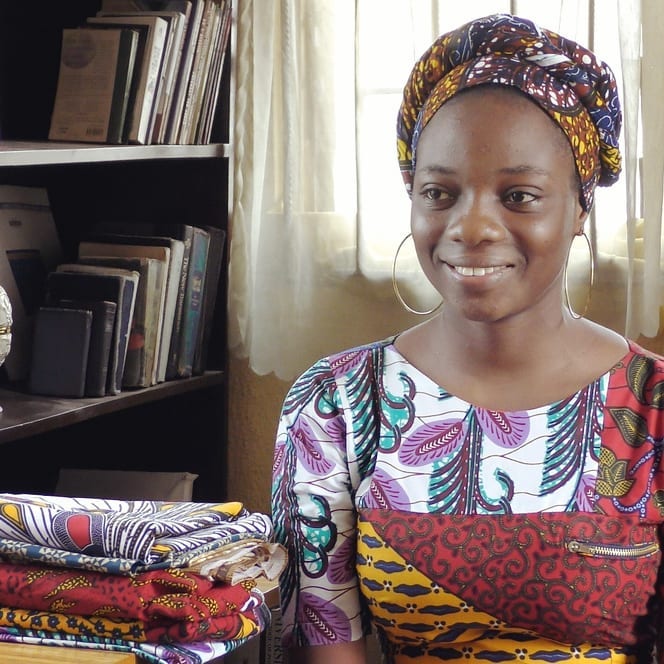Probably you have heard of the Nok culture, or not. Around 500BC, clay heads were found by archeologists among many other sculptures. Made out of terracotta or heated clay in precision, historians could quickly observe the sophistication of the Nok people. But who were the Nok people? Who are they today? Does their history and culture still exist? But these sculptures found, what was their purpose? Popular speculations are that maybe they were grave markers, ancestral portrayal, ornaments, but no one knows their major functions. One thing for sure is that they are very expensive in today’s art market.
Where are the NOKs today?
The Nok culture (or Nok civilization) is an early Iron Age population whose material remains are named after the Ham village of Nok in Kaduna State of Nigeria, where their terracotta sculptures were first discovered around the 1920ties, Wikipedia. According to historians, the Nok people at some point stayed in the now known Plateau state, particularly, Jos.
Another Nok artefact was later found by a clerk in 1943, popular opinions suggest that he took it to scare animals away from his farm, until a British Administrative Officer named Bernard Faggi, who also was a student of archeology saw it and expressed his admiration for the art and took a guess of its worth.
Most Popular Feature and highlight of Nok Culture Sculpture
The most popular or noticeable feature of Nok Culture is that they are naturalistic, detailed, well defined and carefully stylized. Most of the works found reveal the depiction of human heads with abundant jewelry, hairstyles and multiple postures, and this is the only evidence that is available to give us a mental picture of the kind of life the Nok people must have lived.
The peak point for the Nok Culture is the discovery of iron and its use, which they did by heating rock and melting iron. This discovery on its own must have contributed to their technological advancement and it further projects the level of sophistication they must have achieved with such power in all spheres of their daily life, which includes farming and even weaponry.
Heavy Looting of Nok Artefacts in 1970s
Since the 1970s, Nok terracotta figures have been heavily looted. Even larger-scale looting commenced in the Nok cultural area in 1994, and by 1995 two main local traders emerged. In the 1970s, numerous Nok Artefacts were looted from Nigeria by both local and international scavengers, some were smuggled, while others were illegally purchased. This prompted the Nigerian government to add another acronym to the already available ones. The government named it National Commission for Museum and Monuments(NCMM), backing it with what’s known as Decree 77, which prevents illegal and unauthorized digging, buying and selling of national antiques.
Then came the French thief!
However, as at 2005, the commission recorded that 90% of these artefacts have been looted and over 1000copies have been illegally smuggled in and outside the country. If you’d like to know more about Nigerian or African history, kindly click on the subscribe button. In February 2013, Daily Trust reported that the Nigerian Ministry of Tourism, Culture, and National Orientation repossessed five Nok statuettes looted by a French thief in August 2010. The pieces had been seized by French customs agents and were repatriated following a Nigerian Government Directive.
High sought after art
Today, the terracotta sculptures are very highly sought after on the international art market, and so artifacts continue to be dug up without documentation of the contexts in which they were buried. A lack of extensive archaeological study has also severely limited our understanding of the Nok cultures. As we explore more about Africa’s history, traditions, treasures, indigenours intelligence and belief system, we would like to invite you to join us explore. Subscribe to our newsletter for details and follow us on our social media channels.
Cheers
Joana




